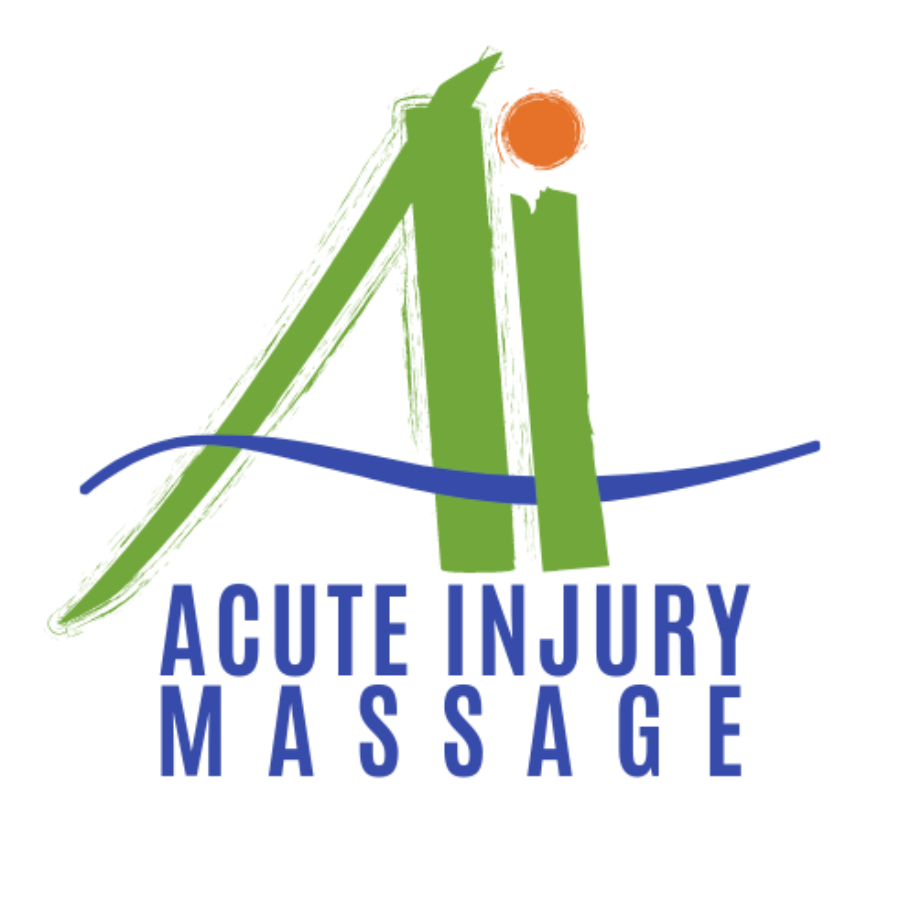Resting after an injury- Is your body really at rest?
It’s time to consider the reality that when we are ‘resting’ post injury or surgery, our bodies may not be getting the rest we think they are. We make the assumption that when we are resting, they are. There are actions we can take to ensure our body is indeed healing during this critical time.
What does it really mean to rest following an injury or surgery? Obviously, minimizing body use to give it time to heal. But how much is your body healing during this time and how can you tell? Have you ever gotten through the designated ‘rest’ period, be it two weeks, five, or six months, and you continue to have some variation of swelling, bruising, or other symptoms? Our understanding of ‘resting’ does not necessarily translate to what the body and its physiology needs to rest.
Let’s start with the nervous system. Is your body in a state of ‘fight or flight’ from an injury? As a reminder, ‘fight or flight’ means part of your nervous system continues to perceive there is a threat. If this is present, your body will be unable to relax. It could be in ‘fight or flight’ from an accident, surgery or other event from a week, a year, or 10 years ago. As I remind my clients, it’s how the nervous system perceives an event that defines this shift to a defensive physiology; when it experiences a sense of overwhelm, surprise, or shock. Perhaps that was indeed our experience of an event, to experience overwhelm, surprise or shock, but often events happen so fast in a fall or impact, that we don’t notice how significant it has been for our body. If our nervous system is in a state of “fight”, “fight” or “freeze,” it is a condition unto itself that will create a myriad of symptoms for us. It will remain active until it gets the correct support to release it.
Our lymphatic system is influenced by the nervous system; it is the lymphatic system that is responsible for moving swelling, excess fluid and metabolic byproduct out of the tissue. If the nervous system is in ‘fight or flight,’ the lymphatic system slows down significantly. I can feel how much slower the lymph moves on someone when they are in ‘fight or flight,’ versus how improved it is once ‘fight or flight’ physiology is resolved.
Once the broader ‘fight or flight’ physiology has been addressed, there is a greater sense of ease in the body. Next, I can look at the brain and spinal cord, where there are often specific areas of dissonance. Just like muscles get tight and experience levels of dysfunction, the brain and spinal cord have their own kind of tensions, broadcasting a ‘cellular fear’ through subtle shaking in parts of the brain or spine. Resolving this dissonance brings further ease to the tissue and supports the lymphatic flow further. This treatment to the nervous system, brain and spinal cord enhances normal, clear communication throughout the body, and with it, the body literally can begin to ‘rest.’
We all know what it’s like to commute on a major highway when an accident occurs; resolving ‘fight or flight’ physiology and treating dissonance in the brain and spine is like clearing up multiple accidents so busy commuters and services can once again flow with ease.
I welcome clients to come in as soon as they can for treatment, keeping in mind that if there’s been an injury or surgery, we don’t need direct work at those specific areas to get out of ‘fight or flight’ and ease the body’s tension. The initial goal is to get their body in a relaxed state so it can truly rest during whatever time they have off to recuperate.
There is a perception that massage therapy, in its’ most traditional sense shouldn’t be sought for at least 5-6 weeks following surgery. This can be true. However, there are so many ways to support the body without physically engaging the tissue deeply. Providing the appropriate care at the right time can make a critical difference in short-term healing and long-term health.
While it is critical for the body to rest following an injury or surgery, be certain your body is indeed getting the rest it needs. Find a trusted practitioner with the right skills to support you throughout the endeavor. When you’re ready to get to your Physical Therapy Rehabilitation (or next step of your recovery), you’ll be in sync with your body and successfully return, truly well-rested, to your life of vitality, movement, and health.

